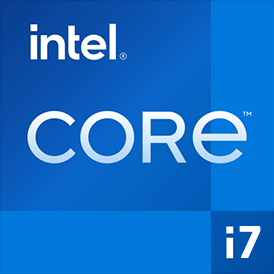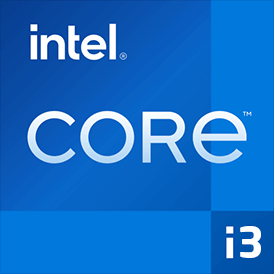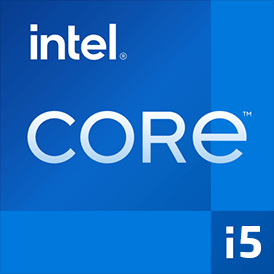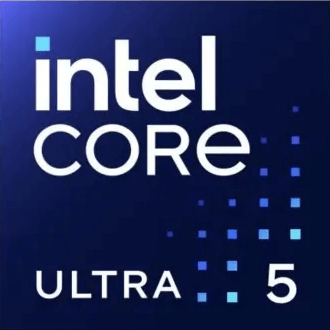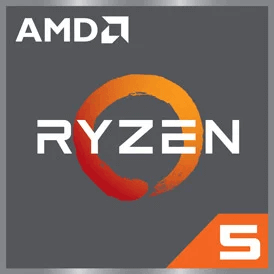Intel Core i7 13700HX vs Intel Core i3 1305U
Hemos comparado dos CPU portátil 16 núcleos 2.1GHz Intel Core i7 13700HX con 5 núcleos 1.6GHz Intel Core i3 1305U. Aprenderá cuál de los dos procesadores tiene un mejor rendimiento en las pruebas de referencia, especificaciones principales, consumo de energía y otros aspectos.
Diferencias clave
Intel Core i7 13700HX Ventajas de
Nueva versión de PCIe (5.0 vs 4.0)
Frecuencia base más alta (2.1GHz vs 1.6GHz)
Tamaño de caché L3 más grande (30MB vs 10MB)
Intel Core i3 1305U Ventajas de
Mejor rendimiento de tarjeta gráfica
Mayor especificación de memoria (5200 frente a 4800)
Menor TDP (15W vs 55W)
Puntuación
Punto de referencia
Cinebench R23 Núcleo único
Intel Core i7 13700HX
+14%
1831
Intel Core i3 1305U
1593
Cinebench R23 Multi Core
Intel Core i7 13700HX
+360%
20227
Intel Core i3 1305U
4392
Geekbench 6 Núcleo Individual
Intel Core i7 13700HX
+36%
2469
Intel Core i3 1305U
1803
Geekbench 6 Multi Core
Intel Core i7 13700HX
+307%
14548
Intel Core i3 1305U
3566
Blender
Intel Core i7 13700HX
+1046%
298
Intel Core i3 1305U
26
Geekbench 5 Núcleo único
Intel Core i7 13700HX
+21%
1859
Intel Core i3 1305U
1526
Geekbench 5 Multi Core
Intel Core i7 13700HX
+221%
16085
Intel Core i3 1305U
5000
Parámetros generales
ene 2023
Fecha lanzamiento
ene 2023
Intel
Fabricante
Intel
Portátil
Tipo
Portátil
x86-64
Conjunto instrucciones
x86-64
Raptor Lake
Arquitectura núcleo
Raptor Lake
i7-13700HX
Núm. procesador
i3-1305U
BGA-1964
Zócalo
BGA-1744
No
Gráficos integrados
No
Paquete
10 nm
Proceso Fabricación
10 nm
45 W
Consumo Energía
12 W
157 W
Máx. Consumo Turbo
55 W
100°C
Temp. Máxima
100°C
Rendimiento CPU
8
Núcleos de rendimiento
1
16
Núcleos Rendimiento
2
2.1 GHz
Frec. Base Rendimiento
1.6 GHz
5 GHz
Frec. Turbo Rendimiento
4.5 GHz
8
Núcleos Eficientes
4
8
Hilos Eficientes
4
1.5 GHz
Frec. Base Eficiente
1.3 GHz
3.7 GHz
Frec. Turbo Eficiente
3.3 GHz
16
Total Núcleos
5
24
Total Hilos
6
100 MHz
Frec. Bus
100 MHz
21x
Multiplicador
16x
-
Caché L1
80 K per core
1280 K per core
Caché L2
1280 K per core
30 MB shared
Caché L3
10 MB shared
Sí
Multip. Desbloqueado
No
Parámetros memoria
DDR5-4800, DDR4-3200
Tipos de memoria
DDR5-5200, DDR4-3200, LPDDR5-5200, LPDDR5x-5200, LPDDR4x-4267
128 GB
Tamaño máx. memoria
64 GB
2
Canales máx. memoria
2
76.8 GB/s
Ancho de banda máx.
76.8 GB/s
-
Soporte memoria ECC
No
Parámetros tarjeta gráfica
true
Gráficos integrados
true
300 MHz
Frecuencia base GPU
300 MHz
1550 MHz
Frecuencia máx. dinámica GPU
1250 MHz
256
Unidades shader
512
16
Unidades de textura
32
8
Unidades ROP
16
32
Unidades de ejecución
64
45 W
Consumo de energía
45 W
0.74 TFLOPS
Rendimiento gráfico
1.43 TFLOPS
